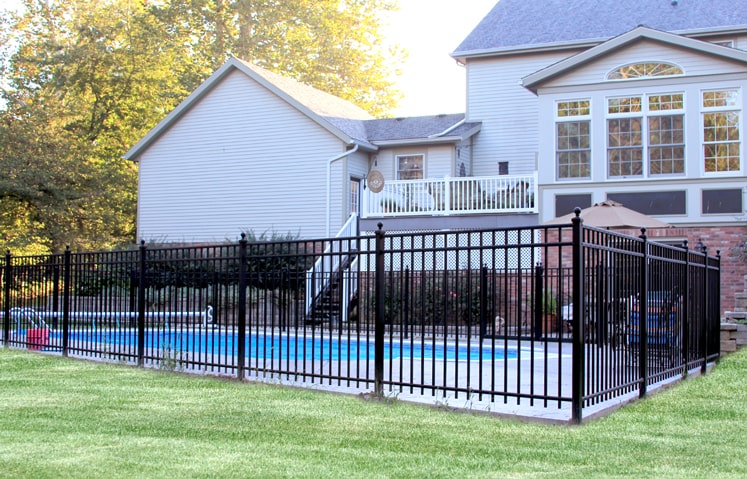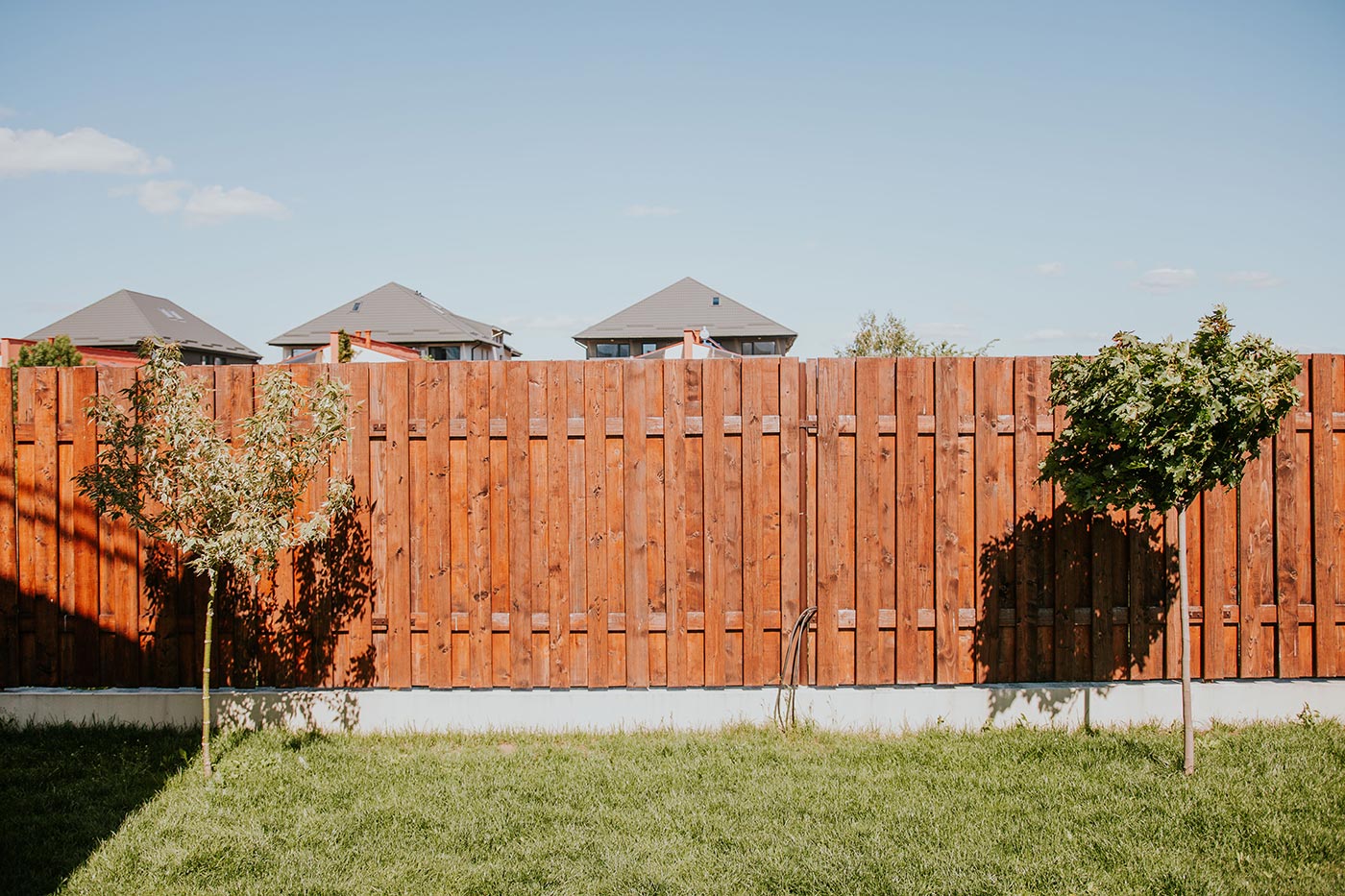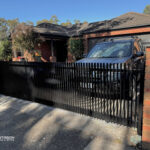Fencing serves as not just a boundary marker but also a critical component in ensuring safety, privacy, and security for properties across Australia. However, navigating the realm of fencing standards and laws can be a complex endeavor, with regulations varying between states, territories, and even local councils. As of 2025, property owners and contractors alike must understand the latest guidelines to ensure compliance and quality in fencing projects.
What is Australian Standards (AS)?
Australian Standards (AS) are technical specifications or documents developed by Standards Australia, a non-government, not-for-profit organization. These standards aim to ensure consistency, quality, safety, and efficiency in various industries and sectors across Australia.
Think of them as blueprints or instruction manuals that outline the best practices for a wide range of things, from the way electrical wiring is installed to the size and strength of screws used in furniture.
Here are some key points about Australian Standards:
- Developed by consensus: Standards Australia brings together experts from industry, government, consumer groups, and academia to collaboratively develop these standards. This ensures that they reflect the needs of all stakeholders.
- Voluntary vs. Mandatory: While Australian Standards are generally voluntary, they can become mandatory in certain situations. For instance, some government regulations or building codes might reference specific AS requirements.
- Benefits: Implementing Australian Standards offers numerous advantages, including:
- Improved safety and quality: Products and services that comply with relevant standards are generally safer and of higher quality.
- Increased efficiency and productivity: Standardized processes and procedures can help businesses operate more efficiently and productively.
- Enhanced trade and competitiveness: Australian Standards can help Australian businesses compete effectively in the global marketplace.
- Consumer protection: Standards can help protect consumers by ensuring that products and services meet certain minimum safety and performance requirements.
Here are some examples of well-known Australian Standards:
-
AS 1722: This standard sets out the minimum requirements for the design, construction, and installation of timber fences.AS/NZS 4147: This standard specifies the safety requirements for children’s playgrounds.
-
AS/NZS 5139: This standard outlines the electrical safety requirements for household appliances.
In the context of fencing, compliance with relevant Australian Standards, such as those related to pool fencing (e.g., AS 1926.1) or general construction standards (e.g., AS/NZS 4680 for steel fencing materials), is essential to ensure that fences meet minimum safety and quality requirements. Consulting with a qualified fence builder or installer who is knowledgeable about Australian Standards can help ensure that your fencing project meets regulatory standards and best practices.
Australian Fencing Standards for Pools

Pool fencing standards are crucial for ensuring the safety of children and pets around private pools in Australia. Here’s a comprehensive breakdown:
Standards:
-
National Standard: Australian fencing standards for pools are covered by AS1926, AS2818, and AS2820, which specify the following:: Safety barriers for swimming pools and spas. This standard outlines the minimum requirements for pool fences, including:
- Height: At least 1.2 meters high all around the pool.
- Strength: Strong enough to withstand a 100kg outward force.
- Gaps: No gaps larger than 100mm between vertical members and no more than a 2-inch gap at the bottom.
- Gates: Self-closing and self-latching with a release mechanism at least 1.5 meters from the ground.
-
State and Territory Regulations: Each state and territory in Australia has its building regulations and planning laws that may have additional requirements for pool fencing. For example, some states may require fences to be higher than 1.2 meters in certain areas.
Facts:
- Drowning prevention: Pool fences are critical for preventing drownings, especially among young children. According to the Royal Life Saving Society of Australia, proper pool fencing can reduce the risk of drowning in backyard pools by up to 90%.
- Legal requirements: In most cases, it is a legal requirement to have a compliant pool fence if you own a pool in Australia. Failure to comply can result in hefty fines.
- Types of fences: There are many different types of pool fences available, including timber fences, aluminum fences, colorbond fences, and glass fences. The best type of fence for your pool will depend on your budget, preferences, and the local regulations in your area.
- Maintenance: It is important to regularly inspect your pool fence for any damage or wear and tear. Any repairs should be made promptly to ensure the fence continues to meet safety standards.
Additional tips:
- Non-climbable zones: Keep any objects that could be used to climb over the fence, such as furniture or toys, at least 36 inches away from the fence.
- Pool alarms: Consider installing a pool alarm in addition to a fence. This can provide an extra layer of protection and alert you if someone enters the pool area without your permission.
- CPR training: Learn CPR and basic life-saving skills in case of an emergency.
By following these guidelines and taking pool safety seriously, you can help to create a safe and enjoyable environment for everyone around your pool.
Remember, pool fencing is not a guarantee of child safety. Constant adult supervision is vital.
Dividing Fence Regulations and Standards by State in Australia (2025)

Dividing fences can be a tricky subject in Australia, with regulations varying significantly from state to state. To help you navigate the maze, here’s a breakdown of the key dividing fence regulations by state as of 2025:
Dividing fence regulations and standards in New South Wales (NSW)
- Dividing Fences Act 1991: This Act outlines the general framework for dividing fences in NSW.
- Responsibility: Both landowners are generally responsible for sharing the cost of a dividing fence equally.
- Height: Typically, the maximum height for a dividing fence is 1.8 meters, but exceptions may apply depending on local council regulations.
- Permits: In some cases, a building permit may be required before constructing a dividing fence.
For more information on dividing fences in NSW, you can refer to Legal Answers, Chapter 7: Dividing Fences, a resource compiled by the State Library of NSW. You can also check your local council website or speak to a council representative to understand the guidelines in your area.
Dividing fence regulations and standards in the Northern Territory
In the NT, obtaining building approval for a fence is unnecessary if it’s under 1 meter in height or doesn’t pose wind resistance. Additionally, certain regions within the NT, such as Darwin, may not mandate a fence around residential properties. For detailed information on fencing legislation in the NT, consult the Fences Act.
Dividing fence regulations and standards in Western Australia
In WA, the Dividing Fences Act 1961 delineates the process for cost-sharing of dividing fences with neighbors and dispute resolution methods. Visit the commerce.wa.gov.au website for further details.
In many Western Australian Local Government Areas (LGAs), brick and masonry fences necessitate a building permit, while simpler dividing fences typically do not. Ensure compliance with your local government’s regulations, as constructing without planning and building approval constitutes an offense.
Dividing fence regulations and standards in Tasmania
In Tasmania, obtaining a planning permit for rear and side fences is required if:
- The fence height surpasses 1.2 meters and is within 4.5 meters of a frontage.
- The fence height exceeds 2.1 meters beyond 4.5 meters of frontage.
- Your property is situated on a corner with multiple frontages. Refer to the Boundary Fences Act 1908 for information regarding dividing fencing standards in Tasmania.
Dividing fence regulations and standards in South Australia
Constructing a boundary fence in South Australia necessitates involvement from your neighbor, as is the case in other states. Verify with your local council or state government regarding the need for development approval for your fence.
Restrictions typically apply to:
- Masonry fences exceeding 1 meter in height.
- Fences taller than 2 meters.
- Fences exceeding 1 meter in height and situated less than 6 meters from a road intersection.
- Brush fences.
Please note: This is just a general overview of dividing fence regulations in each state. For specific details and up-to-date information, it’s always best to consult with your local council or a qualified fencing contractor.
Remember, communication with your neighbor is key to navigating dividing fence regulations smoothly. Openly discussing your needs and preferences can help you reach a mutually agreeable solution.
Australian Standards for Fencing Materials
Australian fencing standards encompass specific requirements for various fencing materials, including Colorbond®, metal, and timber.
For example, AS1397 and AS2728 govern the coated mass and paint film thickness for zinc and zinc-alloyed fences, while AS1604 stipulates the treatment procedures for timber, plywood, and wood-based products.
By ensuring that your chosen fence adheres to these standards, you can have confidence in the quality of the materials, ensuring their durability against environmental factors.
Height Standards for Fences
Fence height regulations in Australia vary between states and are contingent on the type of fence being constructed, necessitating consultation with your local council.
It’s prudent to conduct this inquiry before commencing the fence-building process and procuring materials, as some councils may require prior approval before construction can begin.
Get A Free Consultation From a Local Fencing Contractor Near You
To ensure compliance with Australian fencing standards and laws, property owners and contractors should take the following steps:
- Research and Consultation: Familiarize yourself with the relevant standards and laws applicable to your location and type of fencing project. Consult with local councils, industry experts, or legal professionals for clarification if needed.
- Engage Qualified Professionals: Work with experienced fencing contractors who are knowledgeable about local regulations and best practices. They can help navigate the approval process, ensure compliance with standards, and deliver high-quality installations.
- Regular Maintenance and Inspection: Once the fence is installed, regular maintenance and periodic inspections are essential to ensure ongoing compliance and longevity. Address any issues promptly to prevent safety hazards and maintain the integrity of the fence.
In conclusion
Understanding Australian fencing standards and laws is crucial for property owners and contractors involved in fencing projects. By adhering to these regulations and guidelines, individuals can ensure the safety, durability, and compliance of their fences while avoiding potential legal issues or disputes. Stay informed, seek professional assistance when needed, and invest in high-quality materials and installations to create fences that enhance both security and aesthetics for Australian properties.




